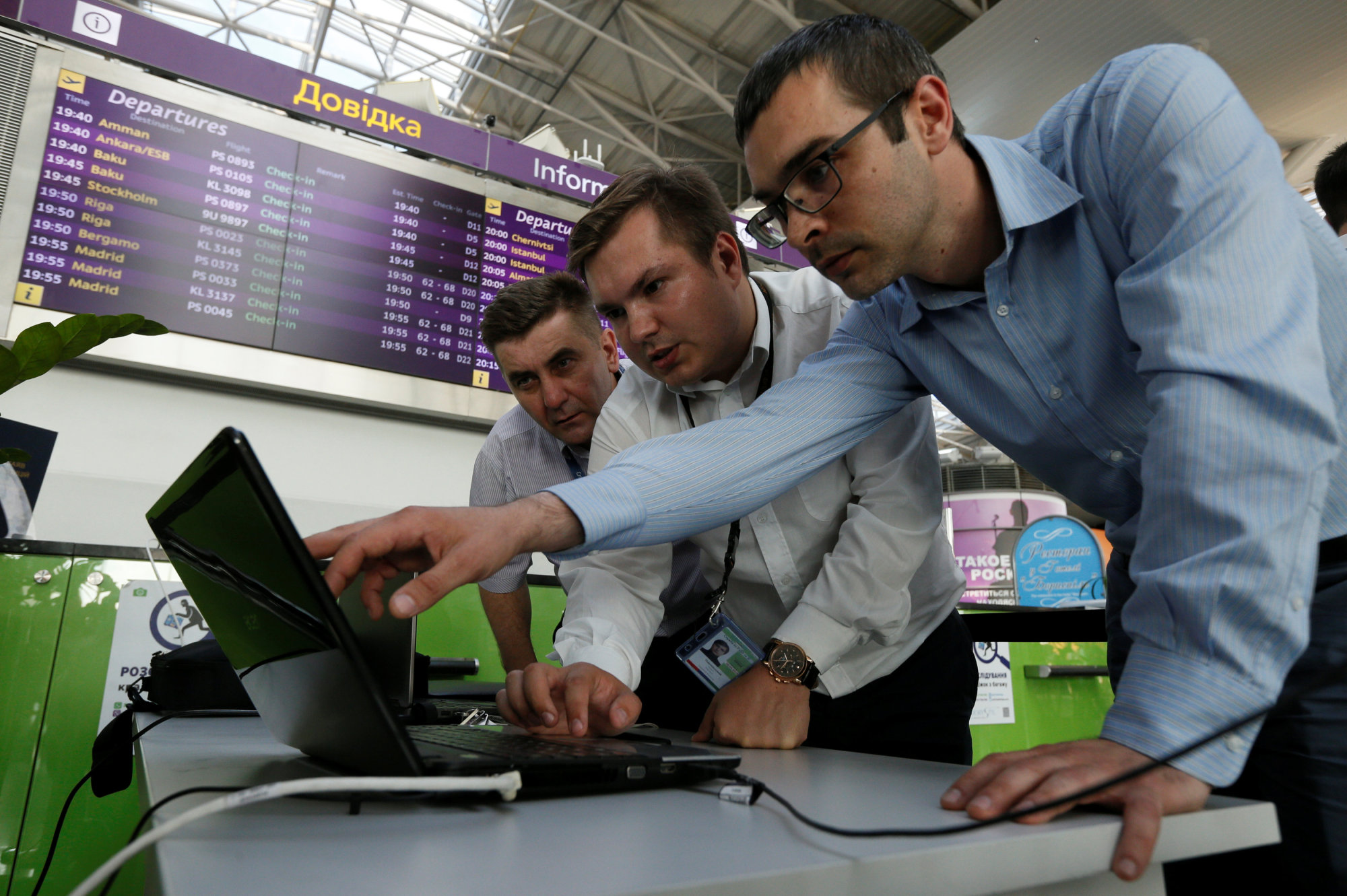A recent outbreak of ransomware attacks, from the WannaCry worm in May to Tuesday's infection of thousands of computer systems around the globe, shows that digital stickups are becoming the go-to hack for cybercriminals, fueled by powerful leaked U.S. government exploits and the rise of bitcoin and other cryptocurrencies.
Tuesday's attack showed no signs of slowing down, as cybersecurity researchers had not found a kill switch similar to the one that allowed them to stop WannaCry after it had infected hundreds of thousands of computers in more than 150 countries, preventing it from becoming one of the worst attacks on record.
The new infections, which appeared concentrated in Ukraine before spreading globally, are a sign that ransomware is becoming a routine risk of doing business, as other forms of attacks get less profitable. Banks and retailers have strengthened their defenses, driving the price for stolen credit card numbers down to as little as 50 cents apiece, according to research from Symantec Corp., the biggest cybersecurity software maker. But ransomware demands are on the rise, nearly tripling from an average of about $300 per computer infected in 2015 to more than $1,000 each last year, Symantec said. Earlier this month, a South Korean web hosting company agreed to pay more than $1 million to unlock its servers in what's believed to be the biggest ransomware payout on record.


















With your current subscription plan you can comment on stories. However, before writing your first comment, please create a display name in the Profile section of your subscriber account page.